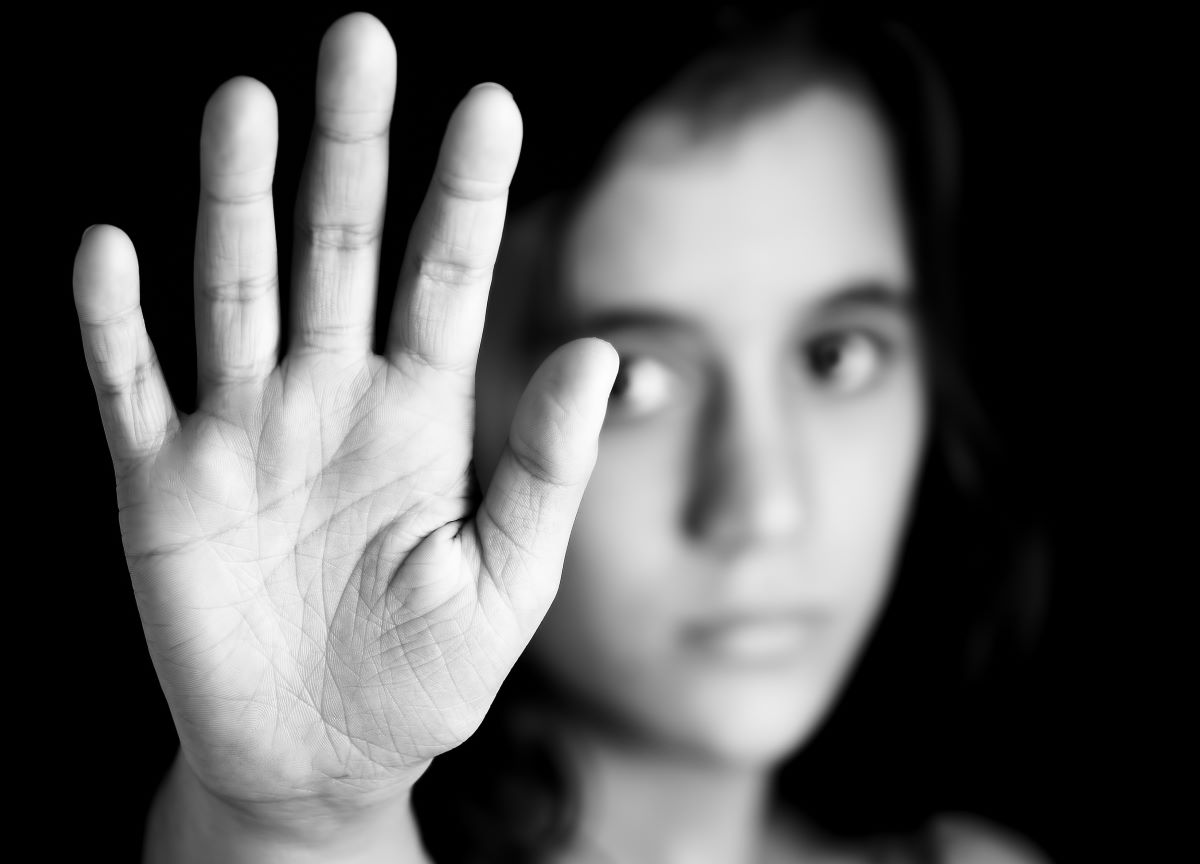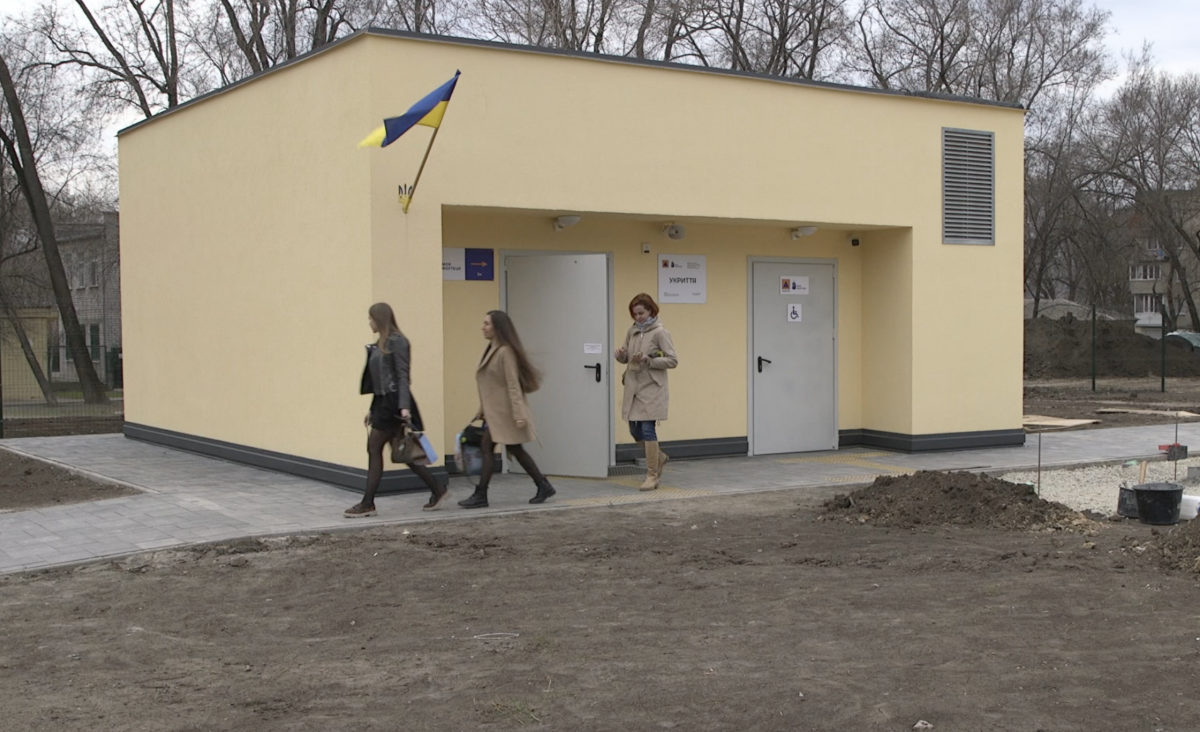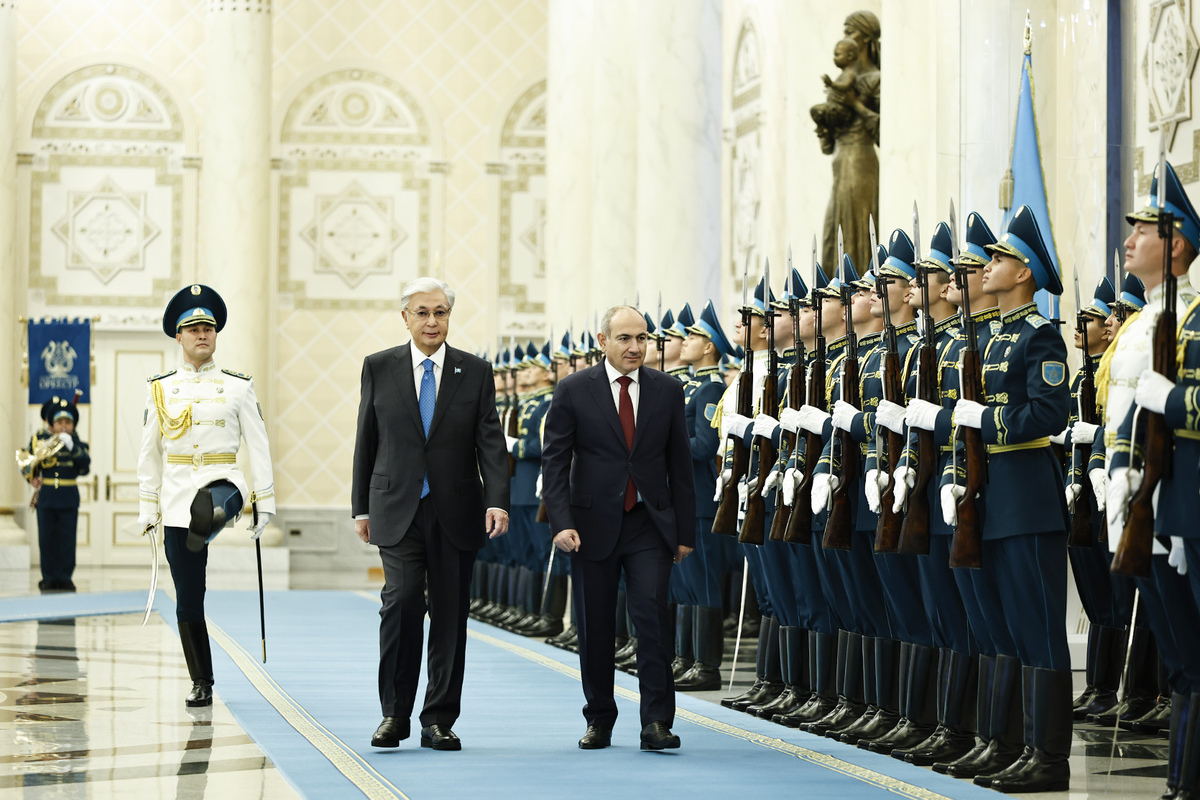Shorts and hugs in public places: are they acceptable in North and South Ossetia? JAMnews survey
Ossetian etiquette rules
A scandal erupted in North Ossetia when a tourist decided to walk through a shopping center in short shorts. The woman’s appearance outraged local women, who accused her of indecency and expelled her from the store while poking at her with a stick. A video of the incident went viral on social media, sparking heated debates about who was in the wrong: the tourist in shorts or the local guardians of tradition.
With the start of the tourist season, people from various Russian regions and neighboring countries have flocked to North Ossetia. How they dress often angers locals and public figures. Naked torsos on men, short skirts, and shorts frequently become the cause of controversy. A similar situation is happening in South Ossetia.
JAMnews conducted a survey among residents of Vladikavkaz and Tskhinvali to gauge their opinions on this issue. However, our questions focused on the unwritten rules established not for tourists, but for the Ossetians themselves, as tourists are ultimately judged by the same standards.
- Proposed LGBT legislation in Georgian Parliament: What restrictions does it entail?
- How victims of domestic abuse in Yerevan receive help, revealed through personal stories
Is it appropriate for Ossetians to dress as they please, regardless of how revealing their clothing might be? Where is the “red line” that makes clothing unacceptable?
Svetlana, a 38-year-old civil servant:
“I believe our people should follow modern fashion but also remember who they are and where they live. Ossetia has traditions and a rich culture passed down through the centuries by our ancestors. Ignoring these legacies is a crime.
In my opinion, women in Ossetia should dress modestly but fashionably. We shouldn’t appear outdated compared to others, but wearing a latex mini skirt is also unacceptable.
Men in Ossetia have always been known for their strength and warrior skills, and they never wore short pants. I don’t understand how a man can wear shorts outside of the gym. In South Ossetia, this is considered disrespectful to others. There are breathable fabrics that are comfortable even in the heat.”
Aslan, a 60-year-old public figure:
“Freedom of expression, including clothing choices, is an important aspect of our individuality. However, it’s essential to adhere to certain ethical norms and social conventions. One must consider the moral and ethical standards of society, as well as the context and place where a person is.
The red line should be drawn when certain types of clothing violate national norms of decency or pose a danger to the individual. For example, open tops or excessively short skirts may attract unwanted attention or lead to unpleasant situations.
Clothing that might offend others or infringe on their rights is also unacceptable. For instance, clothing with racist or sexist symbols, or clothing that obscures one’s identity and could be used to commit crimes.”
Zalina, a 58-year-old teacher:
“Clothing should be comfortable but not provocative and should cover the body’s flaws, both for men and women. There is sportswear, casual wear, and formal wear. That’s the standard we should stick to. Why walk around the city in shorts? You can choose other, more comfortable clothing, like a loose dress or thin-material pants.”
Alan, a 17-year-old student:
“I think both men and women should wear clothing that does not break the boundaries of decency and aligns with the mentality of the country they live in. Personally, I wouldn’t wear shorts or open tank tops.”
Alikhan, a 52-year-old entrepreneur:
“The Russian Federation, which includes North Ossetia, is a secular state. Therefore, no religious traditions can serve as a basis for imposing any restrictions on citizens, including their appearance and manner of dressing.
Everyone has the right to dress and look as they see fit. The red line is acceptable only in the form of dress codes in organizations, institutions, and other establishments, and these should have warning signs at the entrance or be specified in internal regulations.”
How acceptable is it for Ossetians to behave freely in public places: hugging, kissing, eating on the go, or on public transport? Can young people disagree with elders and argue with them openly, including in public places?
Svetlana:
“In Ossetia, a couple in love should only kiss in the bedroom. Hugging your beloved, I think, is acceptable anywhere. But arguing with elders is not allowed, even one-on-one.”
Aslan:
“Cultural norms play an important role in the behavior of Ossetians in public places. Here, hugging, kissing, eating on the go, and eating on public transport are considered inappropriate behaviors.
However, in modern society, we see a shift in these social norms. Young Ossetians may express their opinions and argue with the older generation openly and in public places. Many say this reflects the development of democratic principles and the emergence of a new communication culture.
But it’s important to remember the traditional Ossetian values, where respect for elders is a key cultural trait. Young people should find a balance between expressing their opinions and respecting the views of elders, especially in public.”
Zalina:
“Of course, it’s best to eat at home or in a cafe. But in our fast-paced age, when you don’t always have time, grabbing a bite on the go is not a big sin.
Public displays of affection are not accepted among Ossetians. Modesty in relationships is the true measure.
A younger person can express their opinion to an elder politely, without any hint of disrespect.”
Alan:
“I think young people can hug, but within acceptable limits. And, of course, the younger generation can express their opinions to elders but should not argue with them, especially in public places.”
Alikhan:
“In public places, citizens must behave in accordance with generally accepted moral and ethical values. This is a matter of upbringing and a reflection of one’s level of education.
For those who disturb public order, there should be measures imposed by the state. But maintaining order should be the responsibility of law enforcement, not civilian activists, religious figures, or individual citizens.”
Ossetian etiquette rules
Terms, place names, opinions and ideas suggested by the author of the publication are her / his own and do not necessarily coincide with the opinions and ideas of JAMnews or its individual employees. JAMnews reserves the right to remove comments on posts that are deemed offensive, threatening, violent or otherwise ethically unacceptable.





















